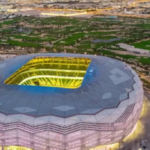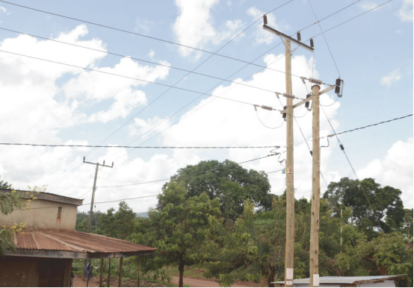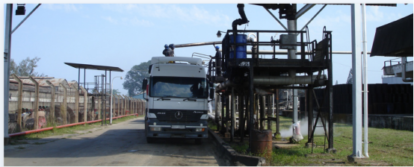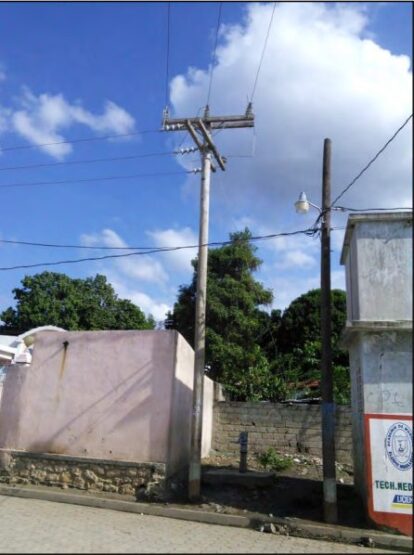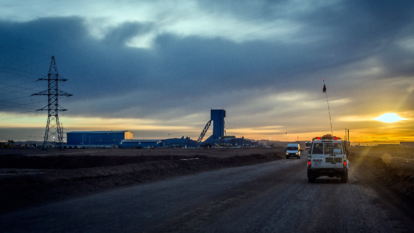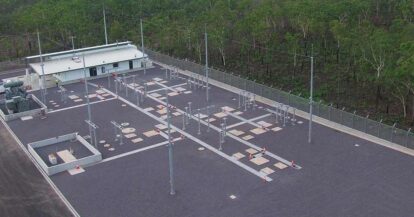With the 2022 World Cup in Qatar kicking off on Sunday, we rounded up the eight stadiums hosting the game, including a hat-shaped building and a 'diamond in the desert'.
The eight stadiums, all located in and around the Qatari capital Doha, will be the backdrop for the International Football Championship, which runs from November 20 to December 18.
Lusail Stadium

The Islamic Bowl and local Qatari architecture have inspired the design of the largest stadium for the 2022 FIFA World Cup, which its architects Foster + Partners likened to a "golden boat".
The Lusail Stadium contains 80,000 seats and is divided into two levels, hidden in a curved exterior of golden triangular panels mounted on a steel frame.
Structural engineer Arup and sports architecture specialist Populous were also involved in the design of the venue, with the Chinese engineering team involved in the construction, which will host its first competition on November 22 and the final on December 18.
974 Stadium
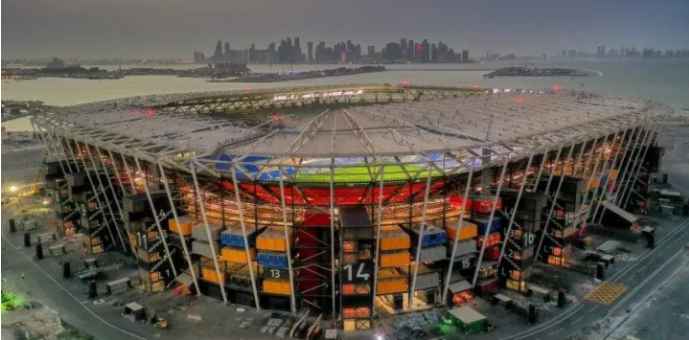
Stadium 974 is named after Qatar's international area code and the number of shipping containers used to build stairs, kiosks, bathrooms and parts of the exterior.
Designed by Fenwick-Iribarren Architects, the colourful building pays homage to Qatar's maritime history and the industrial heritage near the port of Doha.
The containers, many of which were originally used to transport materials to the site, were used with a modular steel structure that was developed to be dismantled and reused. The 40,000-seat venue will host its first game on November 30.
Al Janoub Stadium
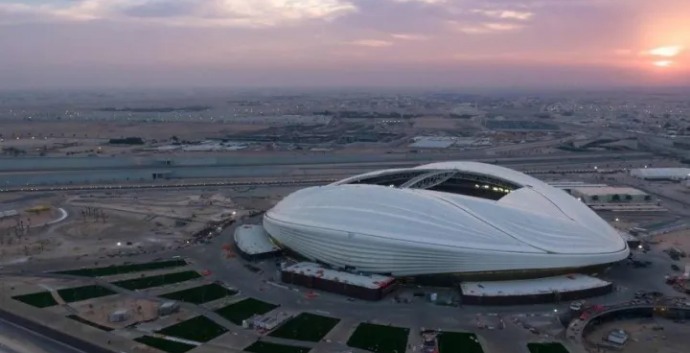
Just south of Doha city centre at Al Wakrah is the Al Janoub Stadium, a building that features the signature sweeping form of partner architect Zaha Hadid Architects.
The 40,000-seat venue, which will host its first game on November 22, was built in partnership with AECOM and features a fully retractable roof to help keep players and fans cool.
Its unique shape is designed to mimic the sails of a dhow - a traditional fishing vessel commonly found in city ports.
After the game, the stadium will be the home ground for the local Al Wakrah Sports Club football team.
Khalifa International Stadium

The only existing building to be converted for the 2022 FIFA World Cup is the Qatar National Stadium, 10 km from Doha city centre.
Named Khalifa International Stadium, it was recently overhauled by its original architect, Dar Al-Handasah, increasing its capacity to 40,000, bringing it to FIFA standards.
Before the tournament, the stadium had hosted events such as the Arabian Gulf Cup and the Asian Games. Its first World Cup event will take place on November 21.
Other recent renovations to the building since it opened in 1976 include the addition of a vaulted canopy on the roof, as well as modern digital lighting.
Al Bayt Stadium
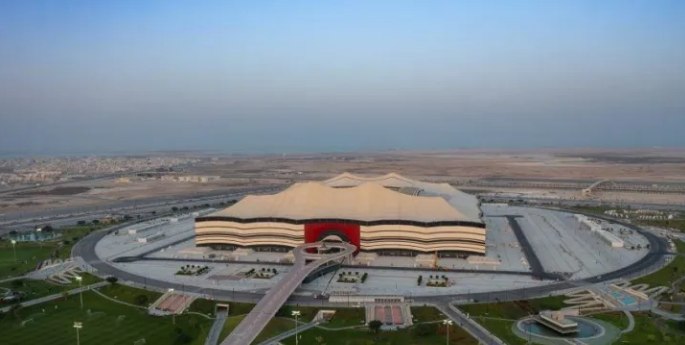
Multidisciplinary studio Dar Al-Handasah has also created the tented stadium in Al Khor, which will host the football championship opener on November 20.
Named the Al Bayt Stadium, its design references the traditional bayt al sha'ar tent used by the nomads of the region. Inside, it contains 60,000 seats in four grandstands.
Its unique spire shape is achieved with a polytetrafluoroethylene (PTFE) woven fiberglass membrane and features a retractable roof that complements the stadium's cooling technology.
After the World Cup, its penthouse seats will be removed and used to help other countries build sports infrastructure before building a luxury hotel.
Al Thumama Stadium
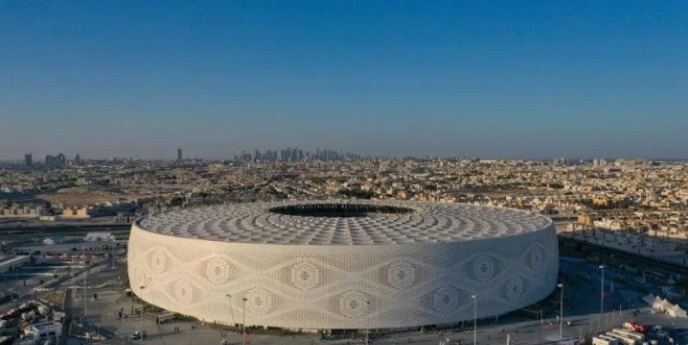
Qatari architect Ibrahim M Jaidah's circular Al Thumama Stadium references the traditional gahfiya hat worn by men throughout the Middle East.
Located in southern Doha, the circular shape containing a concrete bowl and 40,000 spectator seats will host its first game on November 21.
According to the architects, its unique design also serves a functional purpose, "like covering the head with a gahfiya to protect from the heat", protecting the viewer from the sun. This will work in conjunction with a solar powered cooling system.
After the event, there are also plans to build a boutique hotel on its upper floor, with rooms facing the pitch.
Ahmad Bin Ali Stadium
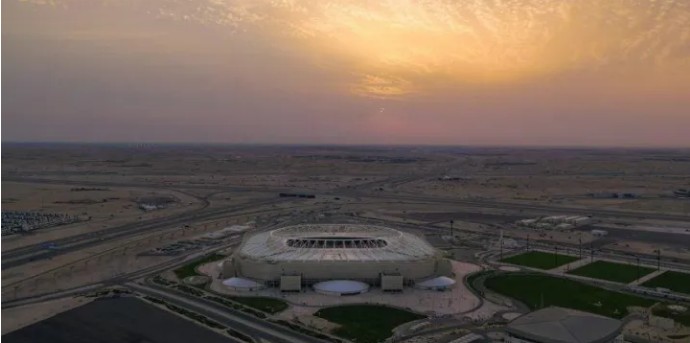
Architecture studio Pattern Design and engineering firm Ramboll have designed this decorative stadium on the edge of Doha as "a sign you're in and out of the desert".
Named the Ahmad Bin Ali Stadium, it is notable for its ornate metal façade, which references the traditional Qatari façade known as the Naqsh, and is juxtaposed with a solid concession stand on the edge, a nod to the adjacent sand dunes.
Like all venues used for matches, the open-air pitch will be artificially cooled to ensure the comfort of the players and 40,000 spectators. The first game here will be on November 21st.
Education City Stadium

Dubbed the "Diamond in the Desert", the Education City Stadium is the eighth and final venue for the 2022 World Cup in Qatar. Its first game is on November 22.
The stadium's moniker refer
s to its façade, which consists of a diamond-shaped pattern whose form is taken from traditional Arabic architecture. It is designed to deflect strong sunlight and illuminate at night.
After the games, it is planned to transform the venue into a sports center for the education district where it is located, and to remove the penthouse seating to make room for university classrooms and event spaces.



